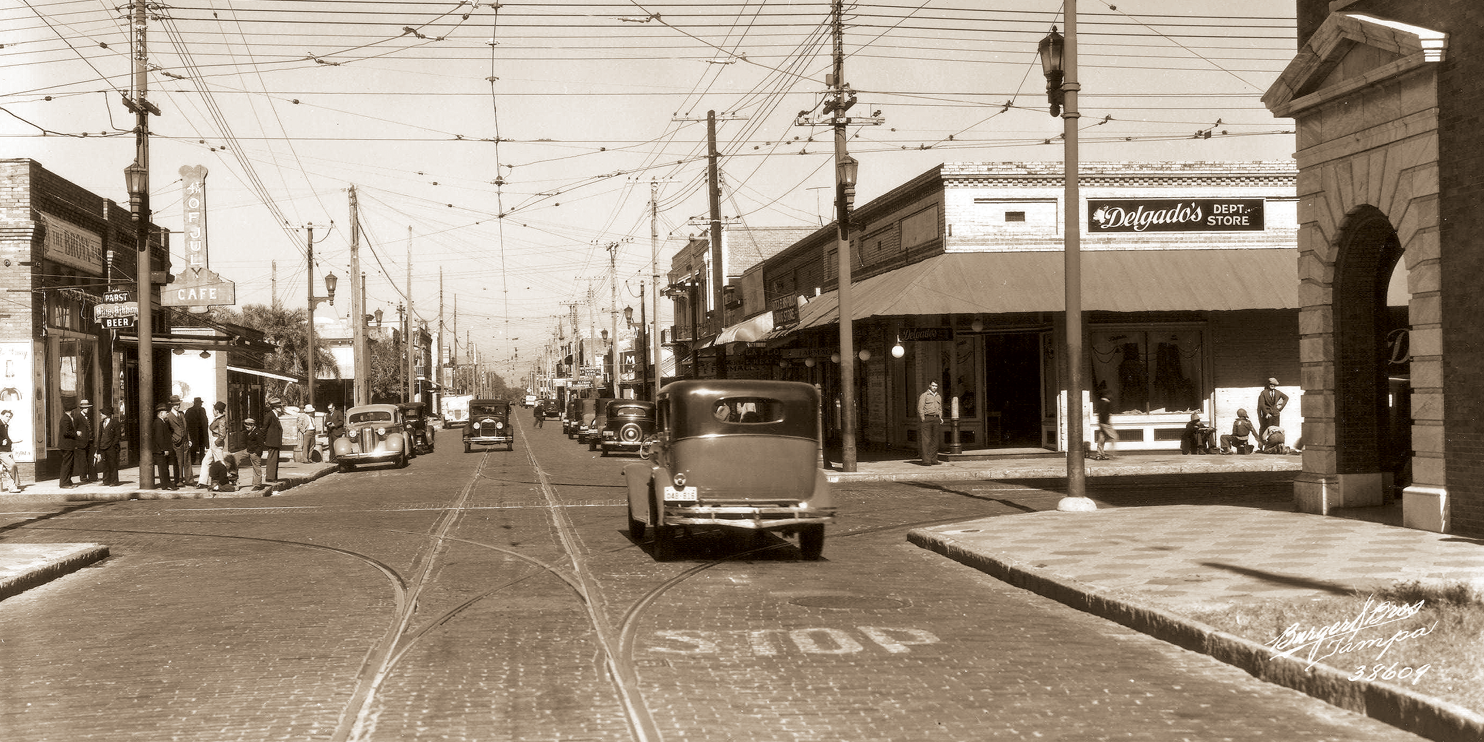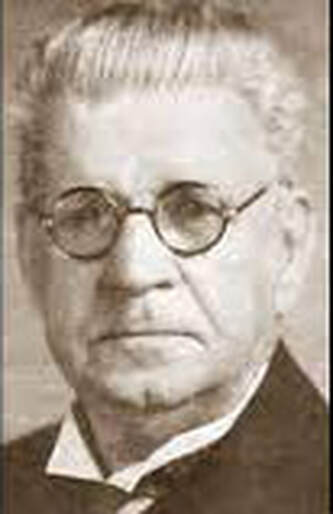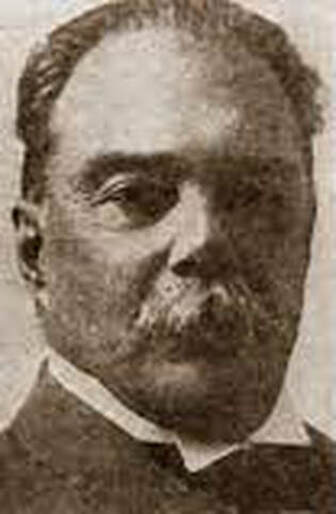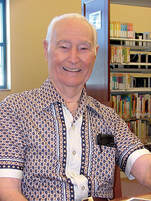|
Cities often grow because they have a fine harbor, an excellent climate, and a railroad junction. For these reasons the City of Tampa grew, and became the largest Gulf port in the state of Florida. But West Tampa, just across the Hillsborough River from Tampa, grew, not of the geographical or climatic possibilities, but because one “Tampan” (Hugh C. Macfarlane) saw an opportunity, and grasped it. West Tampa was planned and thought out beforehand. There were great developments, because such developments had been anticipated. It was, in brief, a city that was conceived, flourished and grew, and passed out of existence in twenty-nine years. Paradoxically, while the city can still be found, it is no longer, theoretically, a city. With such preamble, we proceed to briefly outline the history of West Tampa, which passed from legal existence January 1, 1925, by annexation to Tampa. When annexation was first proposed, West “Tampans” spoke excitedly about “the octopus”, which would soon swallow the little city on the bank of the Hillsborough. They later changed their minds and became loyal “Tampans”, and pointed proudly to the population figures for the combined municipality. Col. Hugh C. Macfarlane, a prominent attorney of Tampa, began assembling land west of the Hillsborough River with the idea of forming a company to help develop a new manufacturing area. (At that time all the area west of the river was designated as West Tampa. It was not until later that the name and exact location of West Tampa were definitely established.) By 1892 Macfarlane was offering to construct buildings and to donate land for cigar factories to those proprietors who might want to establish their businesses in West Tampa. A. (for Antonio) Del Pino and Company arrived about that time, the first to accept his offer. The Del Pino Factory at Howard Avenue and Union Street, where the Public Library stands today, was finished and making the first cigars in West Tampa by June 15, 1892. A. Del Pino and Company failed financially, and the factory building was returned to Macfarlane. The O’Halloran Cigar Company, also a Key West firm, occupied the factory building April 30, 1894. It burned October 3, 1901, with Francisco Milian, the mayor of West Tampa, among those witnessing the blaze. (West Tampa had no fire department at the time.) The town of West Tampa was incorporated May 18, 1895, and stood as a municipality for twenty-nine years. Her first mayor was Fernando Figueredo, who had been a state senator from Monroe County. He had arrived in West Tampa in 1894, a hero of the Ten-Year War in Cuba. A bookkeeper in the O’Halloran factory, he was a close friend of Jose Marti. Men of differing national origins took part in the governing of West Tampa. Cuban, Spanish, Italian, and Anglos were elected to office and had a voice in the development of the city. From 1895 to 1925, West Tampa grew and prospered. Buildings were constructed to house necessary educational, recreational, and benevolent organizations and institutions. In many ways it became a self-sufficient community economically and socially. The commercial district centered around the intersection of Main Street and Howard Avenue. It extended from Howard to Albany Avenue on Main Street, and between Walnut and Nassau Street on Howard. The people who made up West Tampa could be clearly seen in the dedication of the Free Public Library on Howard Avenue, donated by Andrew Carnegie, on January 1, 1914. American flags were intertwined with the Spanish, Cuban, and Italian colors. Speeches alternated from one language to another in the program formally opening the library. Songs were sung in English, Spanish, and Italian. As West Tampa’s business progressed, its city limits expanded to include new homes and streets and stores took on a better look. During World War II, many persons left West Tampa, but the mass movement of families from Ybor City to West Tampa more than made up the difference. At war’s end, West Tampa’s population had doubled, from 5,000 to 11,000. But while the population grew, as years went by, many homes and business establishments began to deteriorate and fall into disrepair. In recent years, organizations such as the West Tampa Revitalization Corporation, Inc., West Tampa Business Center, Community Redevelopment Agency, and the City of Tampa’s Office of Redevelopment have recognized the need to reverse the trend. CIGAR CITY MAGAZINE- NOVEMBER/DECEMBER 2005 Art & Photography Contributors: Hillsborough County Public Library, Tampa Bay History Center, The Florida State Archives, The Tampa Tribune/Tampa Bay Times, University of South Florida Department of Special Collections, Ybor City Museum Society, private collections and/or writer. Arsenio M."SAM" SanchezMr. Arsenio M. “Sam” Sanchez died on August 16, 2005 in West Tampa. Mr. Sanchez was a great historian and recipient of many awards including the Tampa Historical Society’s 2001 D. B. McKay Award. He will be greatly missed. FOLLOW CIGAR CITY MAGAZINE
0 Comments
Your comment will be posted after it is approved.
Leave a Reply. |
Archives
June 2013
Categories
All
|
Cigar City is a Florida trademark and cannot be used without the written permission of its owner. Please contact [email protected]
© 2021 Cigar City Magazine. ALL RIGHTS RESERVED.
© 2021 Cigar City Magazine. ALL RIGHTS RESERVED.





 RSS Feed
RSS Feed